


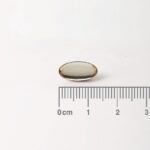


Vitamin D3 4000iu (100µg) Lamberts 120Capsules
£16.50 Original price was: £16.50.£13.15Current price is: £13.15.
Vitamin D3 4000
Lamberts Vitamin D3 4000 (cholecalciferol) is a fat-soluble vitamin crucial for overall health. A daily dose of 4000 IU (International Units) is often recommended for individuals with deficiencies or specific health needs. Here are its key uses and benefits:
### **1. Bone Health**
– **Enhances Calcium Absorption:** Vitamin D3 4000 helps the intestines absorb calcium, essential for maintaining strong bones and teeth.
– **Prevents Osteoporosis:** Adequate levels reduce the risk of bone fractures and osteoporosis, especially in postmenopausal women and older adults.
– **Supports Bone Growth:** It plays a vital role in bone development and maintenance.
### **2. Immune System Support**
– **Boosts Immunity:** Vitamin D3 4000 enhances the function of immune cells, helping the body fight infections and illnesses.
– **Reduces Inflammation:** It has anti-inflammatory properties, which may help manage autoimmune conditions like rheumatoid arthritis and multiple sclerosis.
### **3. Mood and Mental Health**
– **Reduces Depression and Anxiety:** Adequate vitamin D3 levels are linked to improved mood and a lower risk of depression.
– **Supports Cognitive Function:** It may help protect against cognitive decline and improve brain health.
### **4. Muscle Function**
– **Improves Muscle Strength:** Vitamin D3 supports muscle function, reducing the risk of falls and muscle weakness, particularly in older adults.
– **Aids Recovery:** It may help with muscle recovery after exercise.
### **5. Heart Health**
– **Regulates Blood Pressure:** Vitamin D3 helps maintain healthy blood pressure levels.
– **Reduces Cardiovascular Risk:** Adequate levels are associated with a lower risk of heart disease and stroke.
### **6. Hormonal Balance**
– **Supports Thyroid Function:** Vitamin D3 plays a role in regulating thyroid hormones.
– **Improves Insulin Sensitivity:** It may help manage blood sugar levels and reduce the risk of type 2 diabetes.
### **7. Cancer Prevention**
– **May Reduce Cancer Risk:** Some studies suggest that vitamin D3 may lower the risk of certain cancers, such as breast, prostate, and colon cancer, by regulating cell growth and reducing inflammation.
### **8. Pregnancy and Fetal Development**
– **Supports Healthy Pregnancy:** Adequate vitamin D3 levels are essential for fetal bone development and reducing the risk of complications like preeclampsia.
– **Prevents Neonatal Deficiency:** Ensures the baby has sufficient vitamin D levels at birth.
### **9. Skin Health**
– **Promotes Skin Repair:** Vitamin D3 supports skin cell growth and repair, helping with conditions like psoriasis and eczema.
– **Protects Against UV Damage:** It may help mitigate the effects of sun exposure.
### **10. Weight Management**
– **Aids in Weight Loss:** Some studies suggest that vitamin D3 may help with weight management by regulating appetite and fat storage.
### **Recommended Dosage:**
– **General Health Maintenance:** 600–800 IU daily for most adults.
– **Deficiency or Higher Needs:** 2000–4000 IU daily, as advised by a healthcare provider.
– **Upper Limit:** The safe upper limit for most adults is 4000 IU daily, though higher doses may be prescribed for severe deficiencies under medical supervision.
### **Sources of Vitamin D3:**
– **Sunlight:** The skin produces vitamin D3 when exposed to sunlight.
– **Food Sources:** Fatty fish (salmon, mackerel), egg yolks, fortified dairy products, and mushrooms.
– **Supplements:** Available in capsules, tablets, or liquid forms.
### **Who May Benefit from 4000 IU Daily?**
– Individuals with vitamin D deficiency.
– People with limited sun exposure (e.g., those living in northern latitudes or wearing sunscreen regularly).
– Older adults, as skin synthesis of vitamin D decreases with age.
– Those with darker skin, as melanin reduces vitamin D production.
– Individuals with obesity or malabsorption conditions (e.g., Crohn’s disease).
### **Precautions:**
– **Toxicity Risk:** Excessive vitamin D3 can lead to hypercalcemia (high calcium levels), causing nausea, weakness, and kidney problems.
– **Consult a Doctor:** Always seek medical advice before starting high-dose supplementation, especially if you have underlying health conditions or are taking other medications.
Vitamin D3 is essential for multiple bodily functions, and a dose of 4000 IU can be beneficial for those with specific needs or deficiencies. However, it’s important to monitor levels through blood tests and follow healthcare guidance to avoid over-supplementation.



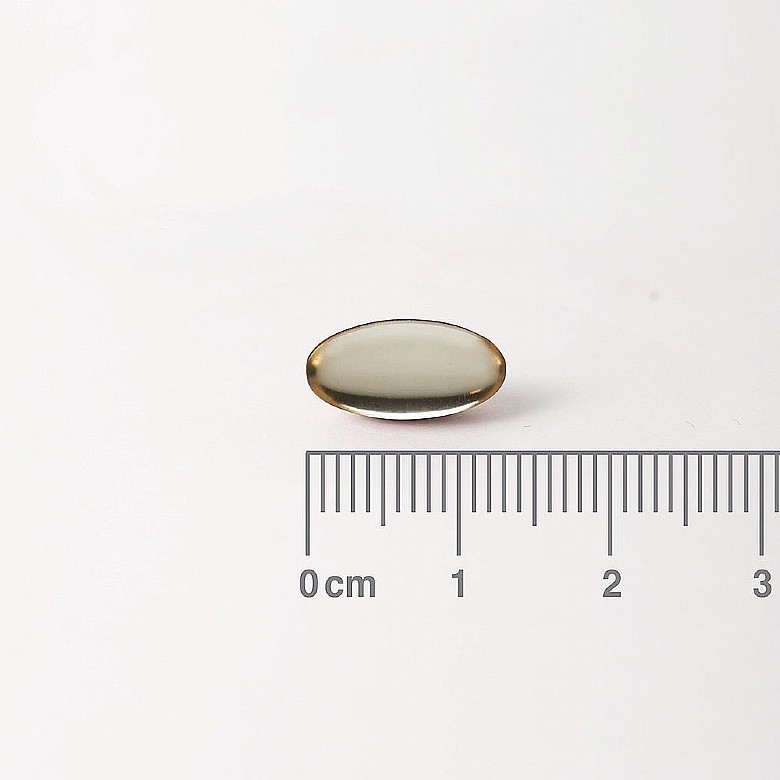
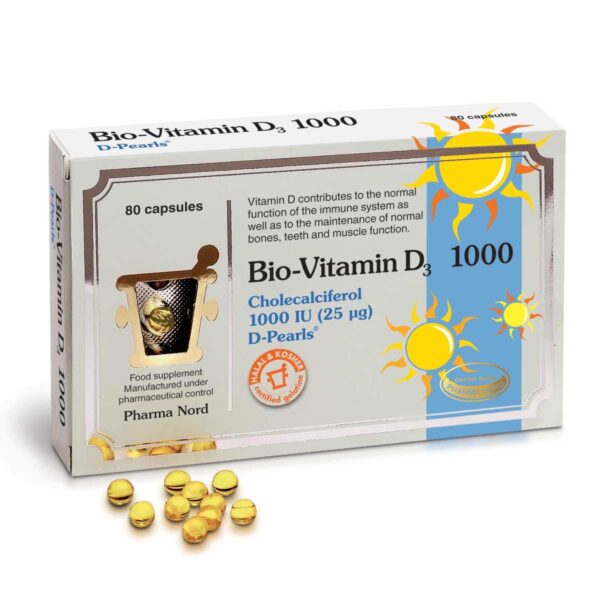
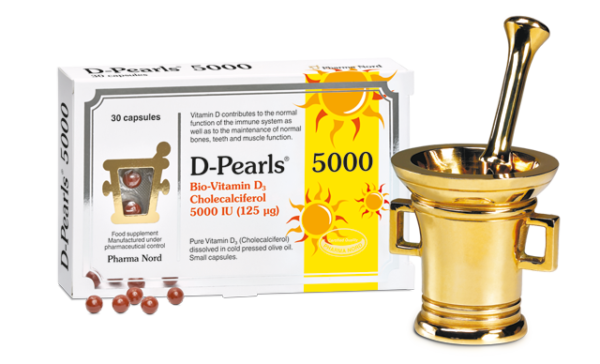



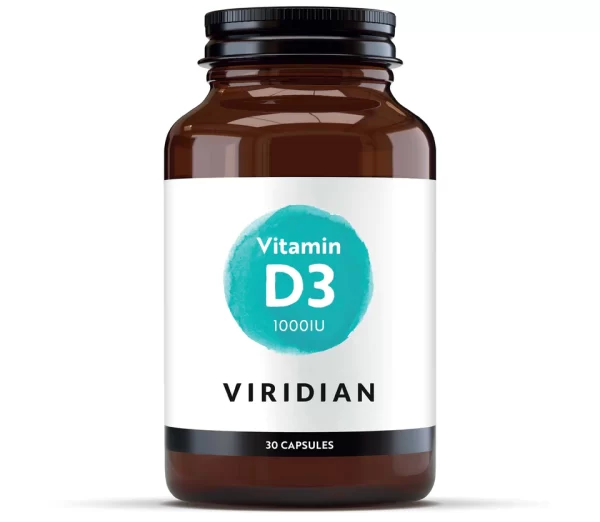







Reviews
There are no reviews yet.